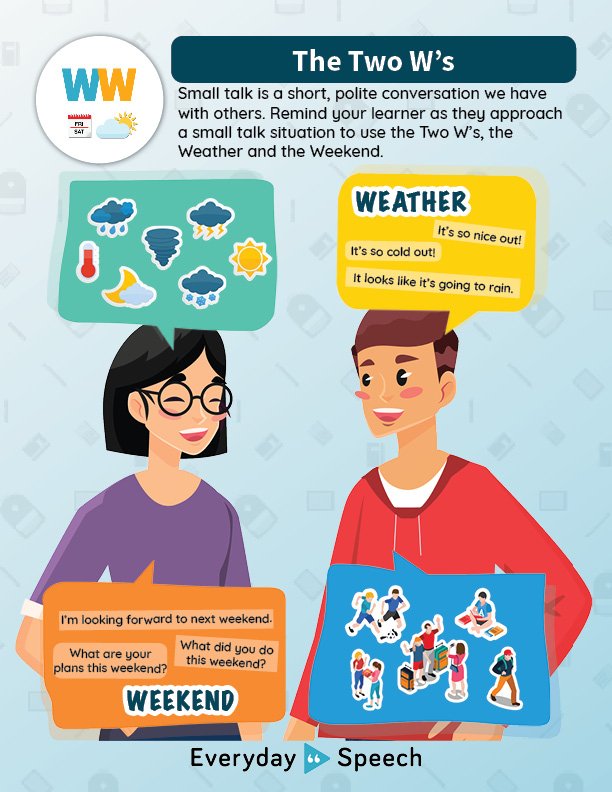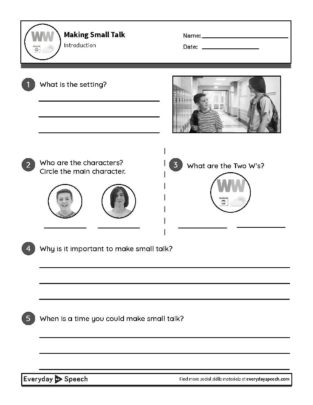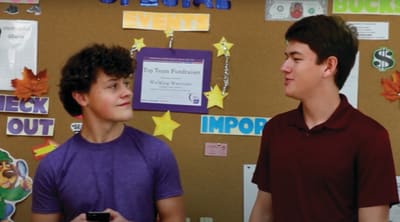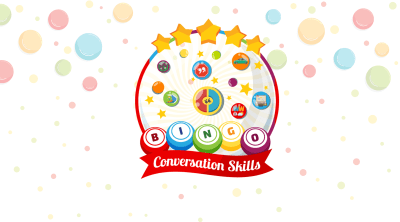Try the no-prep way to teach The Two W's
Take the prepwork out of teaching essential social-emotional skills with Everyday Speech! Subscribe to access step-by-step curriculum and over 1,000 videos, games, and more.
Preview an SEL skills lesson: The Two W's
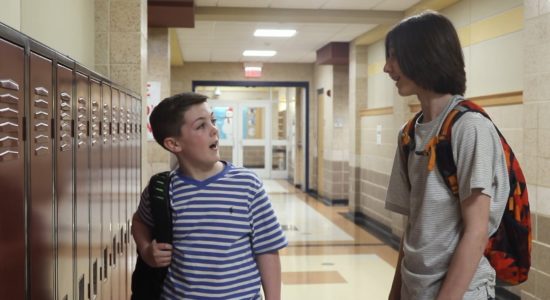
[INTRODUCTION]
Narrator: When we see people we know, we make small talk with them because it helps us connect with others. Small talk is a short conversation you have when you see someone you know. This sends a message that you’re friendly and gives them positive thoughts about you. We usually make small talk when we see someone before school or at an event like a party.
A good way to start the conversation is using the two W’s. The two W’s include the weather and the weekend. It’s easy to talk about the weather. You look outside and make a comment about what you see. The weekend is easy to talk about too because there has either just been one or there is one coming up. If we don’t make small talk when we see people, they might feel upset or hurt. To know how to make small talk, use the two W’s: the weather and the weekend.
Some phrases we can use are: It’s so nice out! It’s so cold out! I’m looking forward to next weekend. What did you do last weekend? Let’s watch how Eric makes small talk when he sees his friend at school.
[SCENE 1 – school hallway]
Eric: (internal thought) Simon is coming over to talk to me. What should I say? It’s easy to talk about the weather, I’ll start with that.
Eric: (out loud) Hey!
Simon: Hey, Eric!
Eric: It’s so hot out today!
Simon: I know. I heard it’s going to get to 90 degrees.
Eric: Wow! I hope I can find a pool to go to.
Simon: Yeah. I have baseball practice, otherwise, I would be searching for a pool, too.
Eric: I hope it’s not as hot tomorrow.
Simon: I know! See you later!
Eric: Bye!
Simon: (thought bubble) I’m glad I chatted with Eric for a bit. I like talking to him. I’ll probably chat with him next time I see him.
[FROM MY VIEW]
Eric: (internal thought) When I see a friend or classmate and we have a little bit of time to talk, I make small talk with them. I use the two W’s to help me think of what to say. We can always talk about the weather. I make a comment about what I see outside. This is an easy topic for anyone to talk about.
[SKILLS REVIEW]
Narrator: When we see people we know, we usually make small talk with them. Small talk is a short, polite conversation you have when you see someone. If we don’t make small talk when we see people, they might feel upset or hurt.
[WHAT DID WE LEARN?]
So, what did we learn? Small talk is important because it shows others that you’re friendly and helps you make or keep connections.
The next time you aren’t sure what to say, use the two W’s: the weather and the weekend. Some phrases we can use are: It’s so nice out! It’s so cold out! I’m looking forward to next weekend. What did you do last weekend?
Try Everyday Speech free for 30 days to see all our videos and their companion activities and games!

